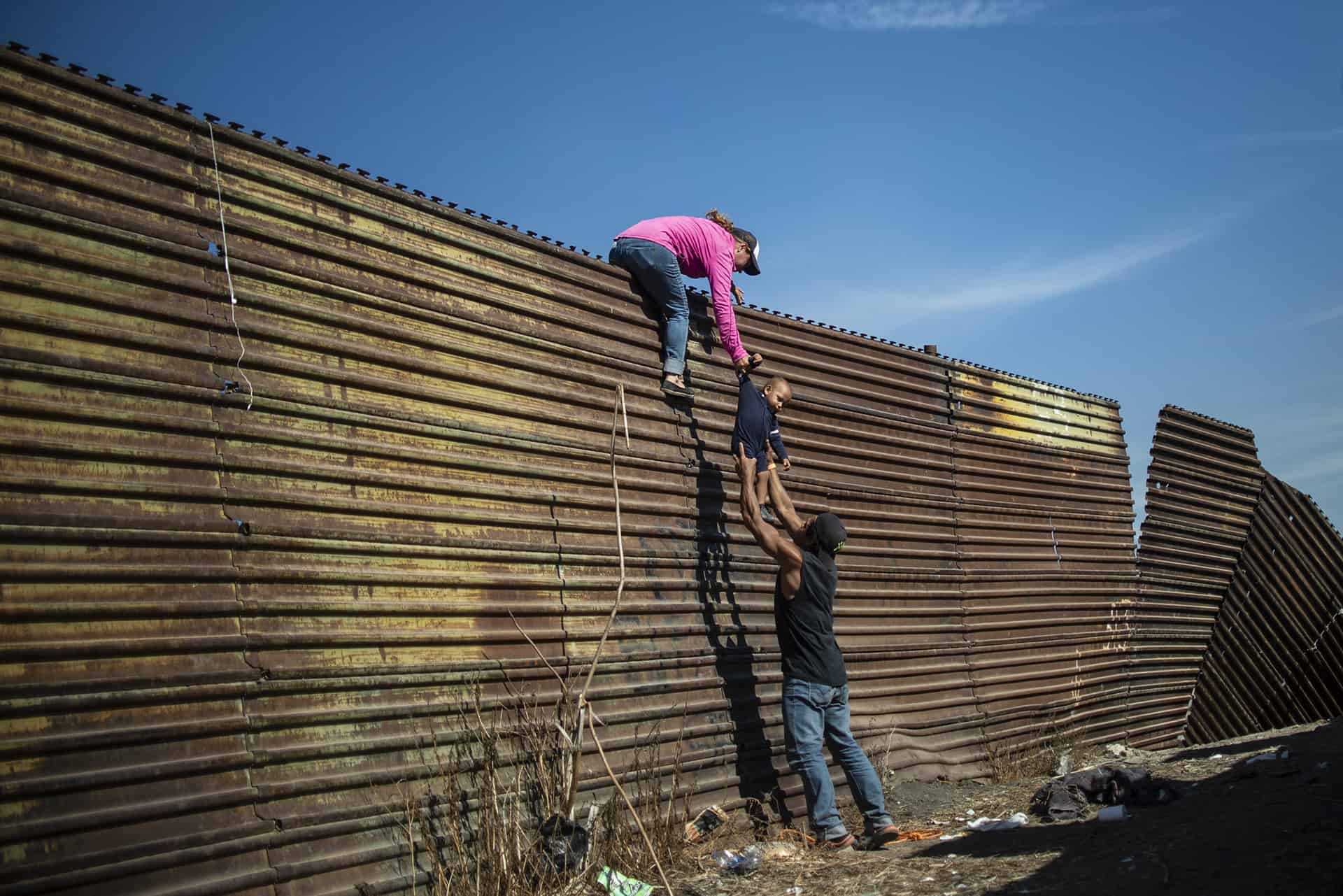
My Photographs Hurt Me
Mexican photographer Pedro Pardo came to Acapulco more than a decade ago, attracted because it was a combative area and in which, at the same time, there could be work for a freelance photographer: tourism and celebrities. He never imagined that the subject of his work would end up being the violence of the organized crime war and that his photographs would end up hurting himself. Nor that he would be part of the group of photojournalists who debated and made the Safety Guide for Visual Journalists.
The guide was published in 2013. Until then they worked blindly, intuitively, they did not know the rules of the game. The risks, how to measure them, or how to take care of yourself were not clear. Nor, the consequences that work could have on a psychological level. “Still, when I talk about it, then it is difficult for me to recover, my energy goes down. I feel depressed, hurt, hurt. Still, I believe that what we do has to be done. I still believe that photojournalism serves to change societies, it provides images and information so as not to accept a world we do not want. “
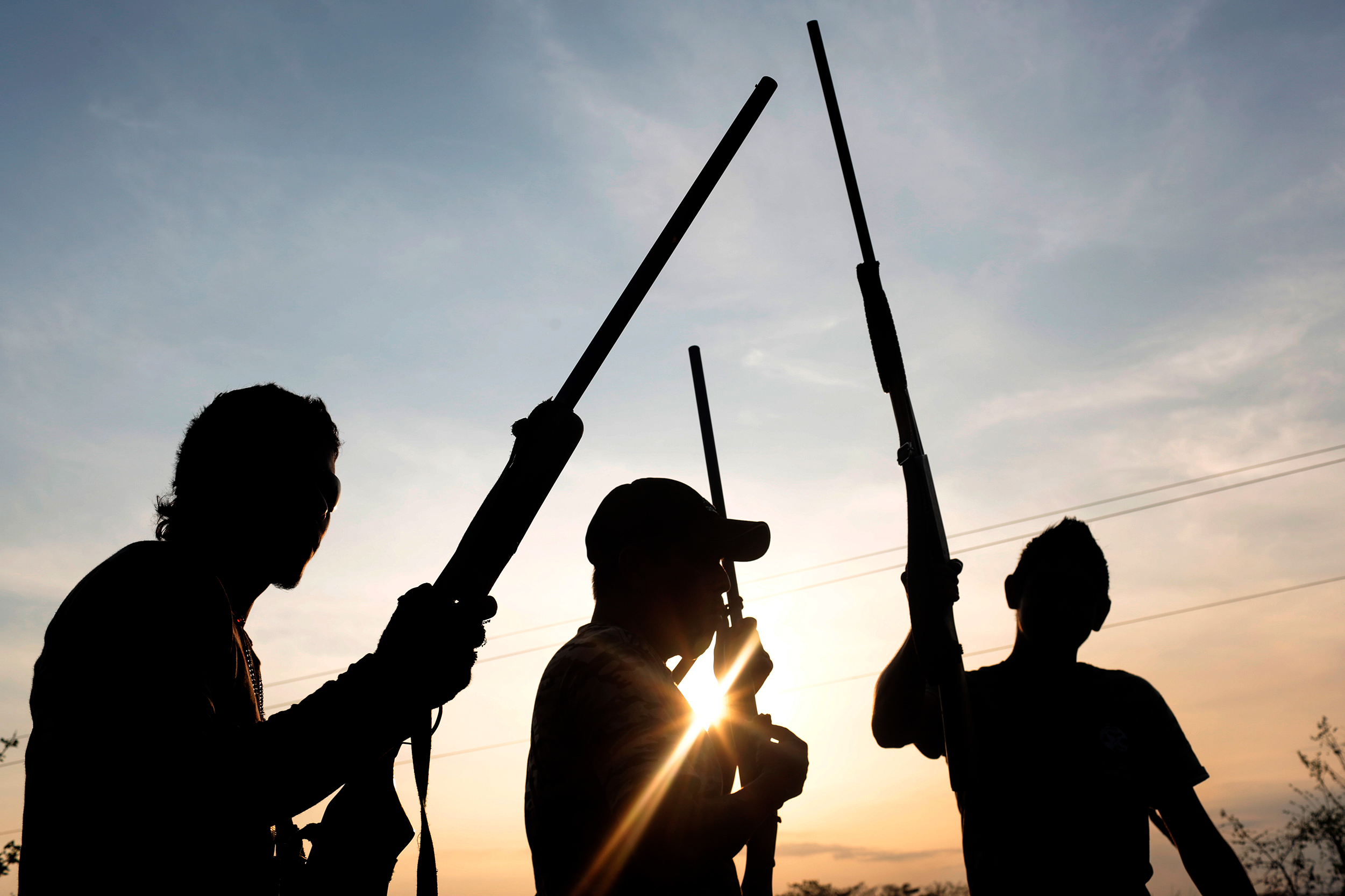
Pedro was born in Puebla de Zaragoza, he studied photojournalism at the local Institute of Visual Arts. He worked in El Periódico, La Jornada and Síntesis. In 2002 he received the award for the best journalist from the State of Tlaxcala (Mexico) and participated in the collective book Cuando el mundo dijo no a la guerra, published in 2003.
Since 2009 he works for Agence France Presse (AFP). In 2011, one of his photographs was part of Time Magazine’s top 10 of the year. Before that, he had received the second prize in Bayeux-Calvados from War Correspondents for a photographic essay carried out between August 2010 and March 2011 in Acapulco. In 2019 he was awarded third place in the World Press Photo with the photograph: “Central American migrants climb the border fence between Mexico and the United States”.
The scene occurred at the border crossing of El Chaparral, Tijuana, Baja California. Pedro was covering the Migrant Caravan in October 2018. “It was chaotic, there were hundreds or thousands of people running, trying to cross,” he recalls. He took the photo at a confusing moment and only later he understand the story. It was a family that had managed to cross but was returning, fleeing the tear gas. His little son had been passed over the other side of the wall and a woman and a man were welcoming him.
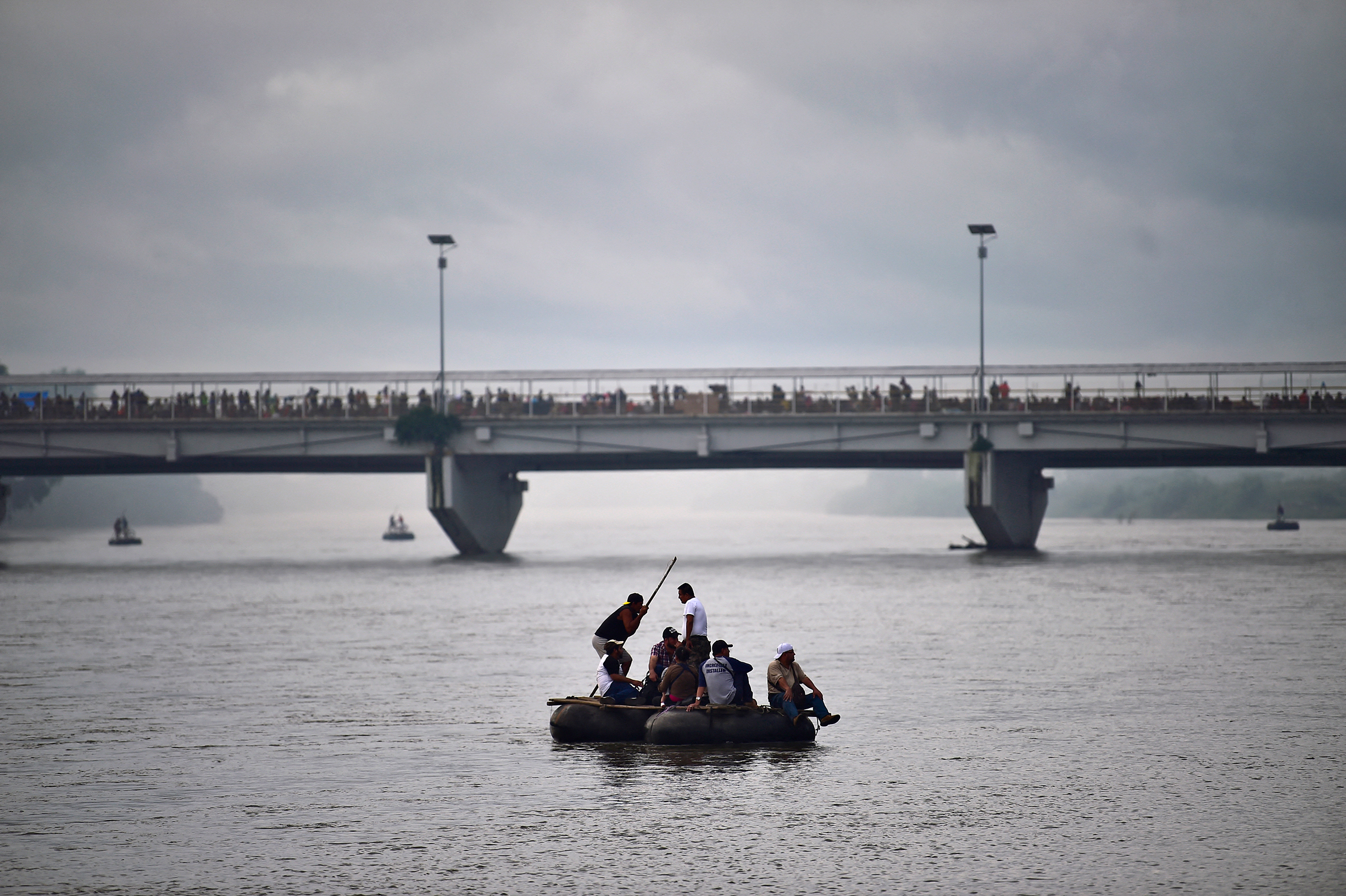
What is it like to live with violence?
Violence is an issue that was presented to us, it was a phenomenon that had peculiarities: very cunning crimes, at close range and in full view of all. They happened in the port of Acapulco, a state with tourist infrastructure, a very important destination but with a social backwardness outside of those tourist poles. It is one of the three states with the highest poverty and the lowest human development index. In this scenario, many things happen related to the profit of criminal gangs.
How did you get to that area? Have you been perceiving the expansion of the phenomenon?
Violence in the city and, above all, in the port began to intensify in 2005, 16 years ago. I arrive at this tourist port attracted by the social struggle that has always been there. It is a very combative state, many episodes in our history were forged in this region. Acapulco is a city with a lot of cultural and sports activity, ideal events for a freelance photographer to settle in. I was hired by a local newspaper called La Jornada de Guerrero.
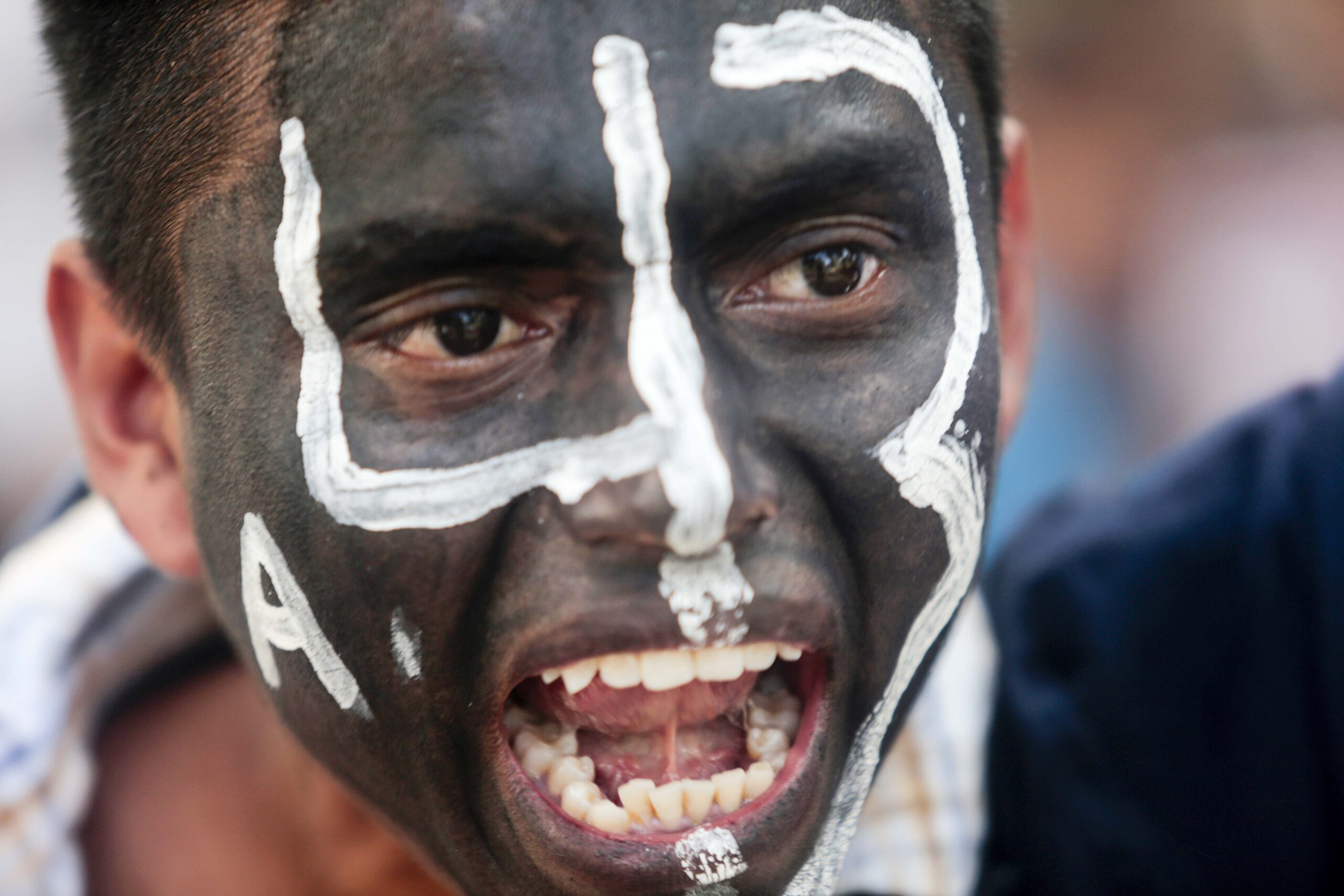
But press salaries in Mexico, especially those of photographers, are very precarious. It is very difficult to live with the salaries of a local journalist. I had the opportunity to work as a freelance for an international news agency. There was an ideal scenario: it had a tennis tournament of international interest, it had the coast that has weather phenomena that are important for the media and the entertainment world, since Acapulco attracted figures of certain media interest.
Violence was not an issue that I chose, it was an issue that confronted us. In the framework of those first violent acts, we focused on coverage without knowing the dangers or what were the protocols that we had to follow. We ignored all that and we had to learn it as we went, nobody prepared us. We were not a violent country, we were not a country with these kinds of experiences. In the distance, in hindsight, many security mistakes were made. Over time, the numbers of fellow journalists killed by criminal gangs in the country increased.
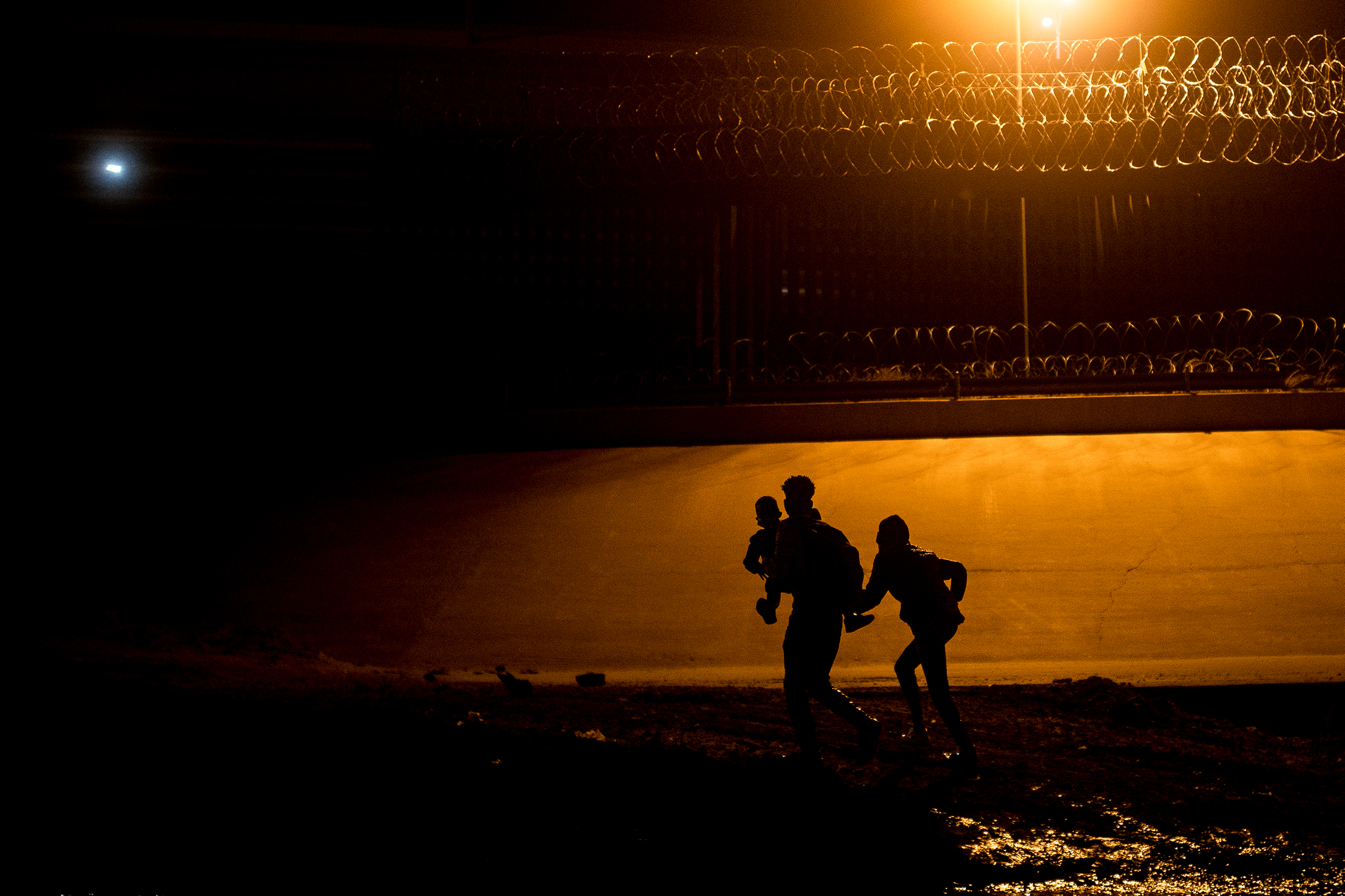
Faced with these difficulties, did you ever wonder what to do or how to continue?
Yes, of course. The first coverage was accompanied by adrenaline. We were very excited to have important coverage, with a lot of stress or a lot of emotion. Obviously yes there were reflections that we had no answers about, things that we ignored. In fact, there are still many things that we still do not know, because drug trafficking and its network of complicities make you lose sight of the scene: the police who are on the scene may be the bad guy, there is no identification of sides as there may be in a conventional conflict. All this breaks the old parameters, they are things that misplace us a lot.
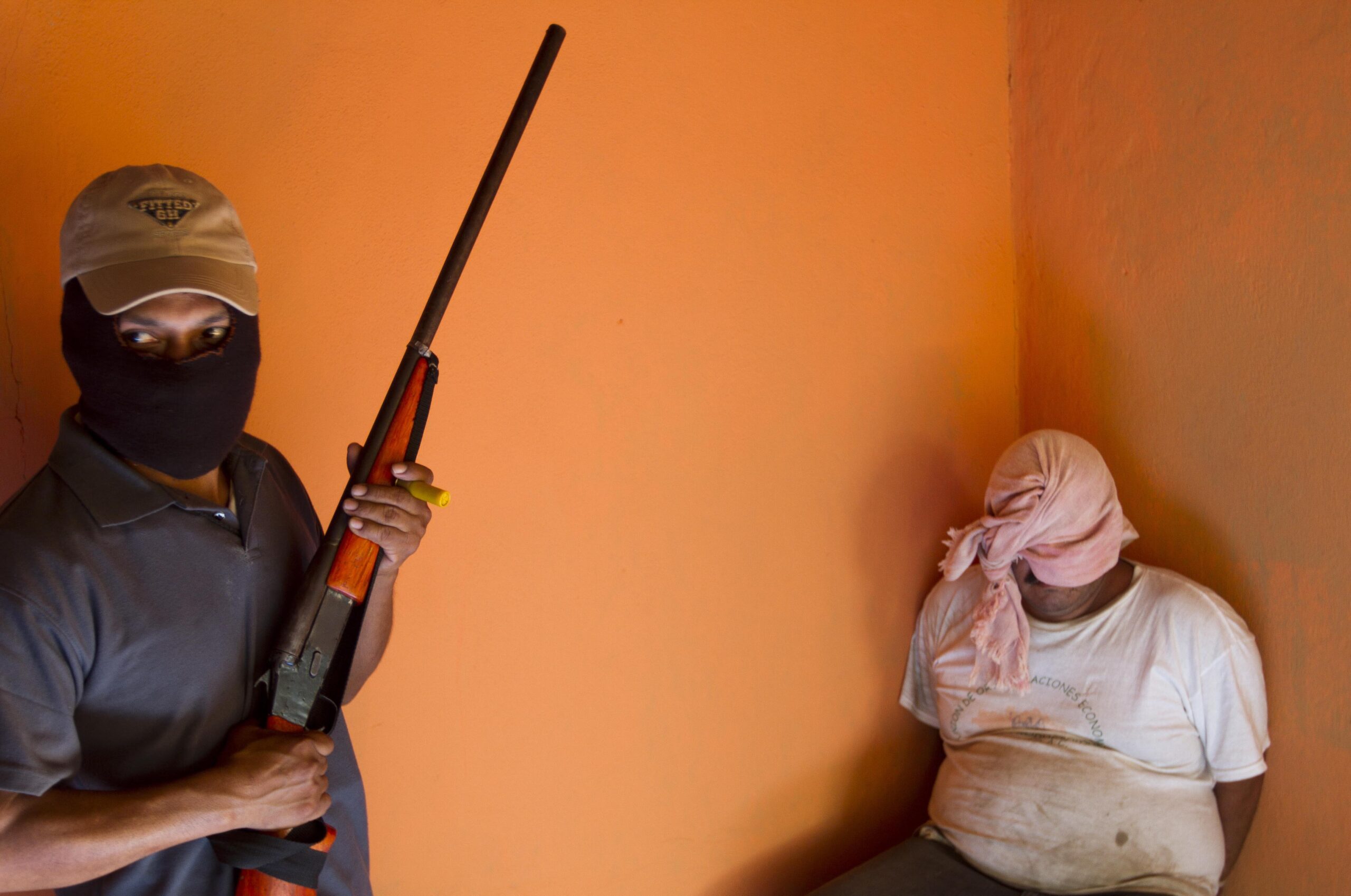
That is why, after a few years, we did an exercise among several photographers who lived similar but different realities due to the diversity of the regions. The exercise was very interesting because we were able to share our experiences, we were able to debate, create guides and protocols for our coverage, we were able to train and train more colleagues who went through the same situations of not having the information on how to exercise photojournalism in a safe way.
We held regional workshops to spread this learning that we were generating; We do not consider ourselves experts but we do have experiences to share and we invited people who could help us in the field of first aid, digital protection, personal defense, with legal issues.
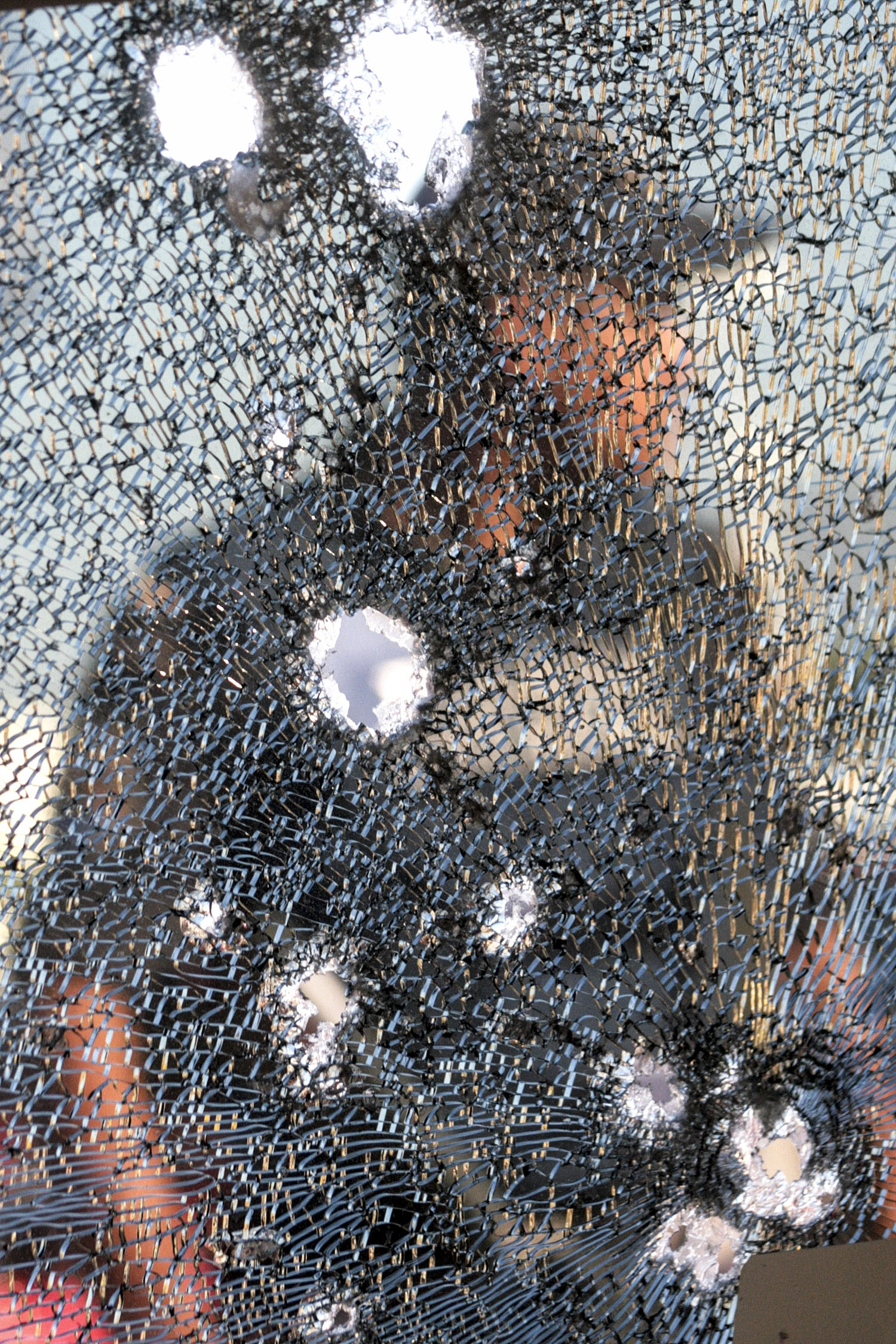
How do you treat the psychological aspect?
That’s something very important: the psychological impact that violent coverage has on us. I have partners and I experience first-person effects that are very difficult to handle alone. Several of my colleagues have behavior problems.
All of this has a very strong emotional impact, but there is no discussion. In Mexico there is a very strong crisis, very big in this area, but it is silenced. Neither institutions nor companies have the intention of tackling this problem.
Personally, how do you get through it?
I had a tremendous crisis a few years ago. Likewise, in my case, I work for a company that takes these issues into account and I have support, but I represent 0,1% of journalists. The overwhelming majority of colleagues live in harsh situations and are unprotected by these structures.
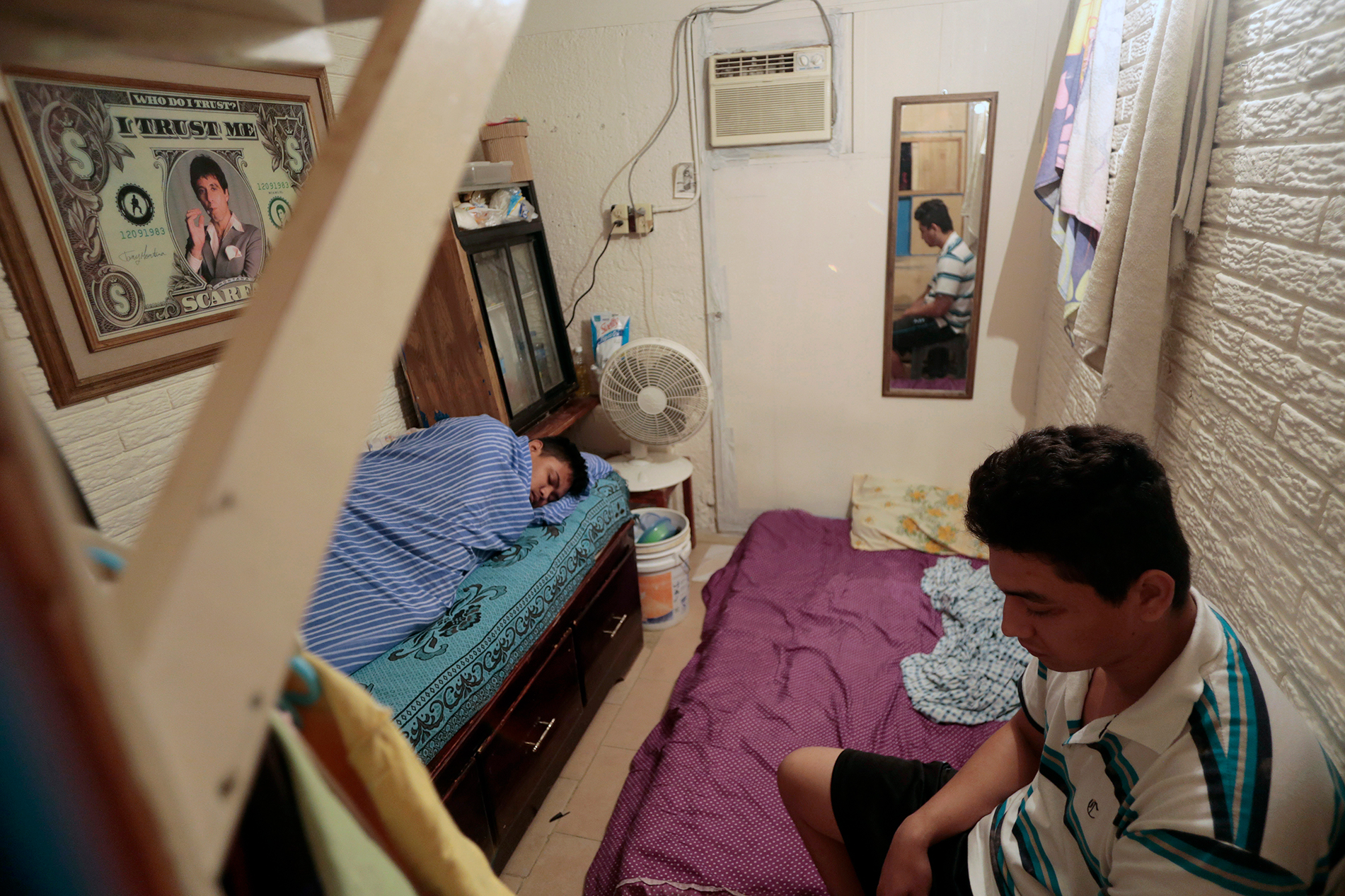
Personally, how do you get through it?
I had a tremendous crisis a few years ago. Likewise, in my case, I work for a company that takes these issues into account and I have support, but I represent 0,1% of journalists. The overwhelming majority of colleagues live in harsh situations and are unprotected by these structures.
And when you were freelance and had no one to turn to, how did you handle it?
We begin to raise awareness because it is common to have behaviors that we consider normal, but when you have the opportunity to talk about them, you begin to identify them. While we were doing these exercises there was a group of psychologists who attended to us. They were very brief exercises, they were ten free therapies. But in ten sessions you don’t solve it, and with local salaries that rotate around 400 dollars a month, those things cannot be paid.
It comes in many forms: there is neurosis, alcoholism, emotional instability, when you are anxious. There are many, others reach extreme drug addiction.
This project started in 2014 or 2015. Then we lose the funding opportunity because World Press Photo decides that Mexico is no longer a priority for them and that there are other places in Africa that require the project, so they take it away from us. Subsequent efforts have had little resonance. There is interest on our part, but we cannot find help. I recently spoke with an academic from the University of Mexico, because perhaps we can use a structure that does not violate journalism, that is not a political party for example, but a neutral institution with enough knowledge and praxis in the matter. There we have a half gate that we are still working on.
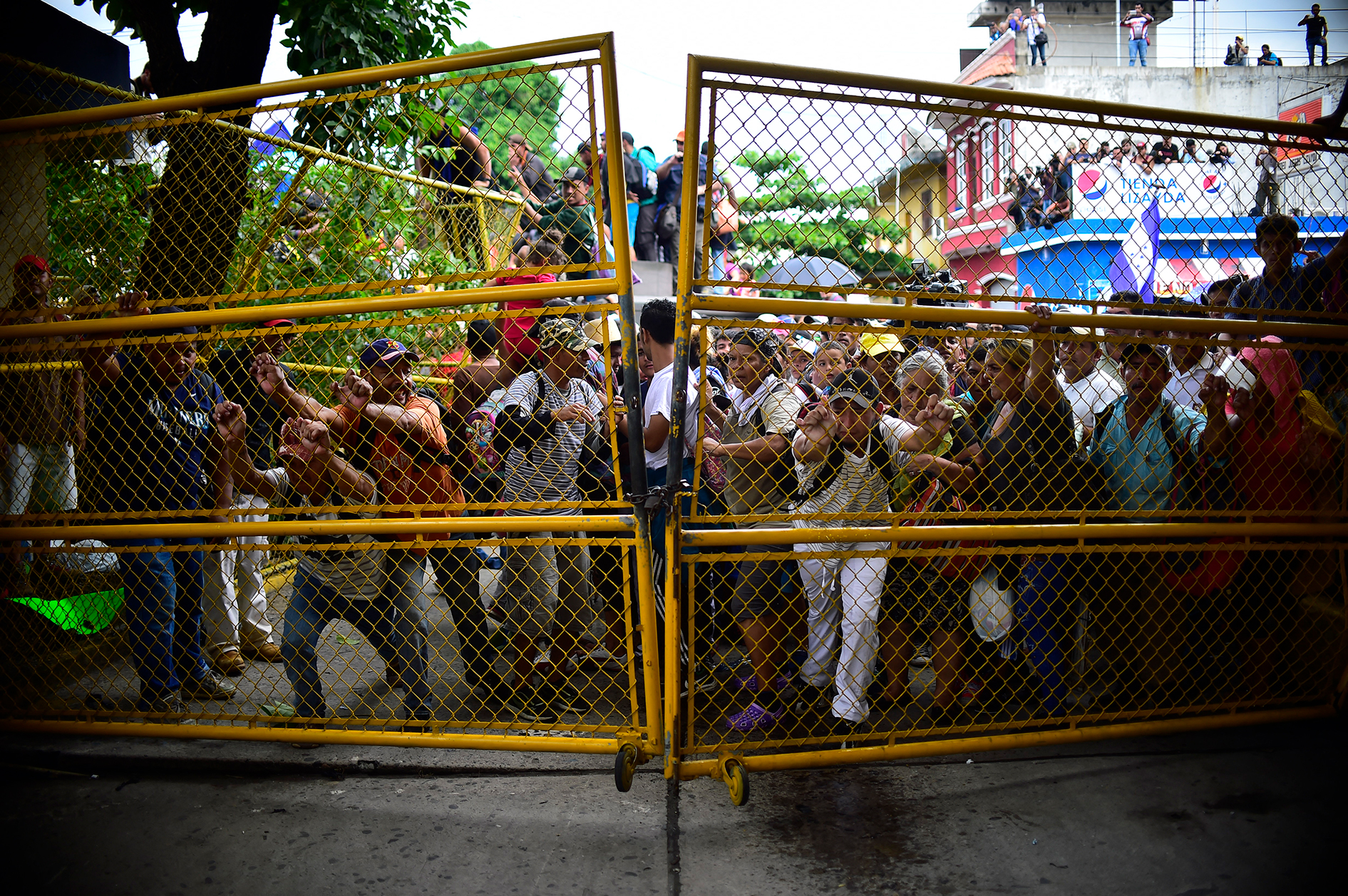
You also worked on the migration issue and, in fact, a photo of you was awarded….
Different things started to happen in Mexico. Migration has also been a very important issue, with a lot of impact. In this process, illicit companies were developed such as human traffickers, trafficking women, disappearances; we have a very cruel repertoire.
At a certain point, the Central American migrants said: “we can no longer pay for these trafficking structures, let’s go en masse, let’s break the conventional scheme” and in 2017 we began to see these caravans. There was said here that a world of people was coming, that 10.000 people were organized in Honduras and that they were marching towards Guatemala. I was appointed to do that coverage. I did not have the opportunity to be in Guatemala because my point of responsibility is my country, so I started when they reached the border.
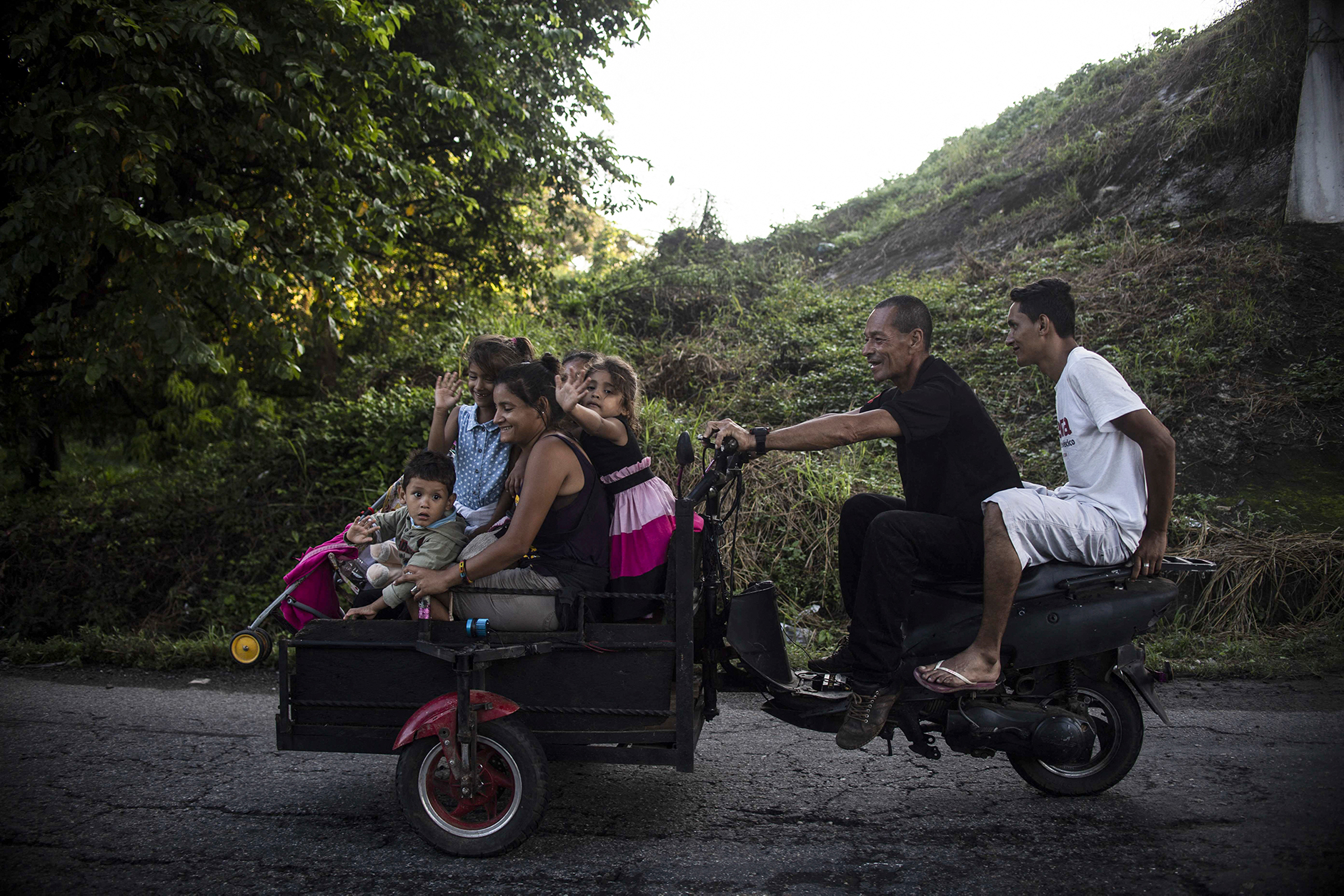
And what do you remember?
It was impressive, a world of people, a world of stories. Also very exhausting emotionally because we are touching on the issue of people’s vulnerability, extremely dramatic stories, the conditions in which they accept to move towards a better future, but walking many kilometers, passing storms, children, young people, old people, everything .
I remember trying to be as supportive as I could. I had a car to move around and I remember once I met some women with children and the only thing I could think of was to open the door, let them get in. But on the way I saw that there was another woman who did not have two children, she had four, so it was very complicated. People would come up to me and tell me: “give me a peso.” You give it away, you give it, and then you no longer have it.
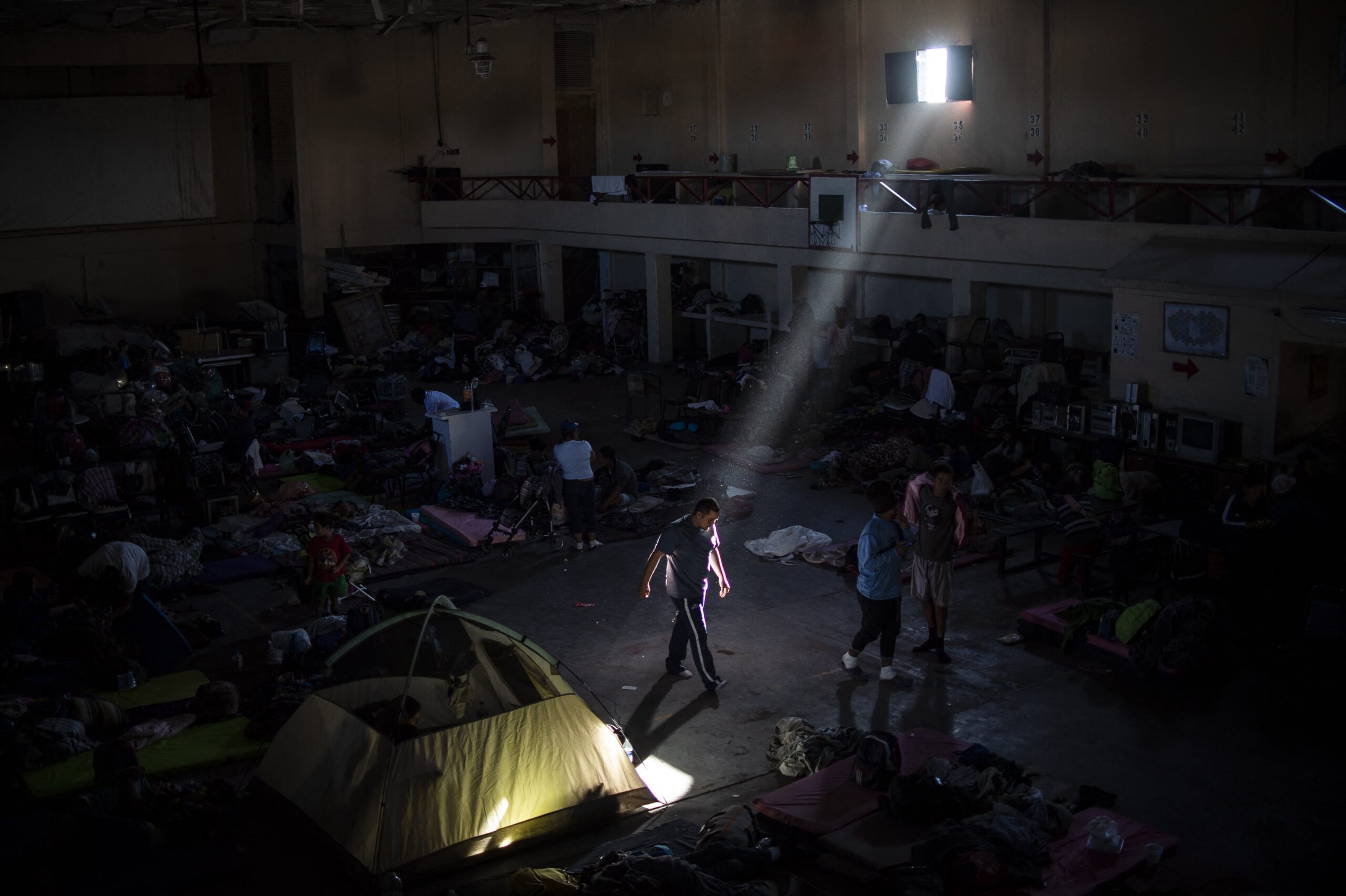
That night I had a very strong crisis. My editor had to intervene to calm my emotions, to place myself on the axis, to remember me that I have a responsibility and a journalistic work that is social and that I focus on that, nothing more. I had a dish in a restaurant and they didn’t have it, that hurt me.
It must have been three weeks, or a month. There were two stages, I got the south and the north. Due to other coverage, I missed the traffic of the central area of the country and I returned to integrate into the northern area, which is where I take the photo of Juana.
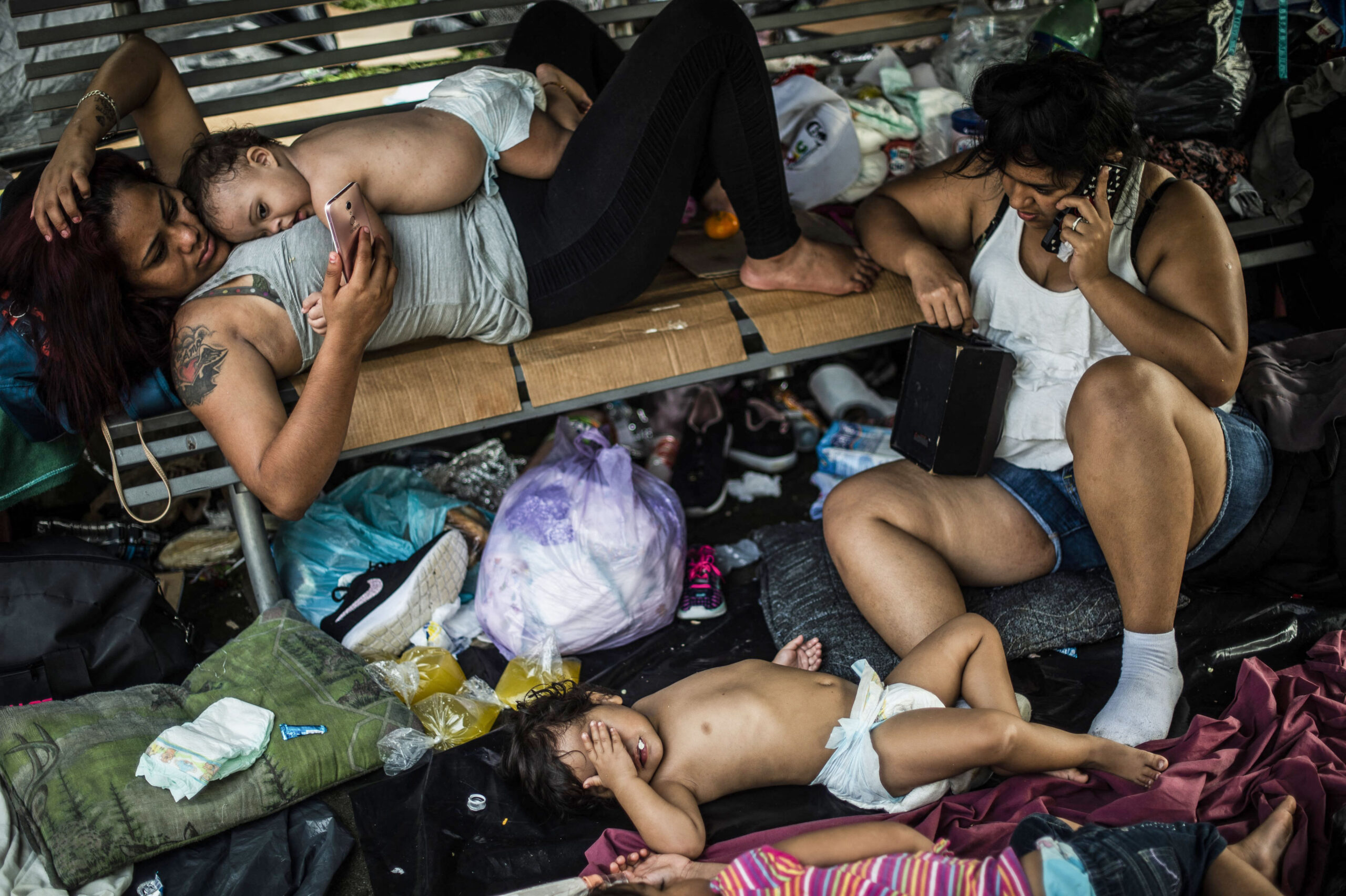
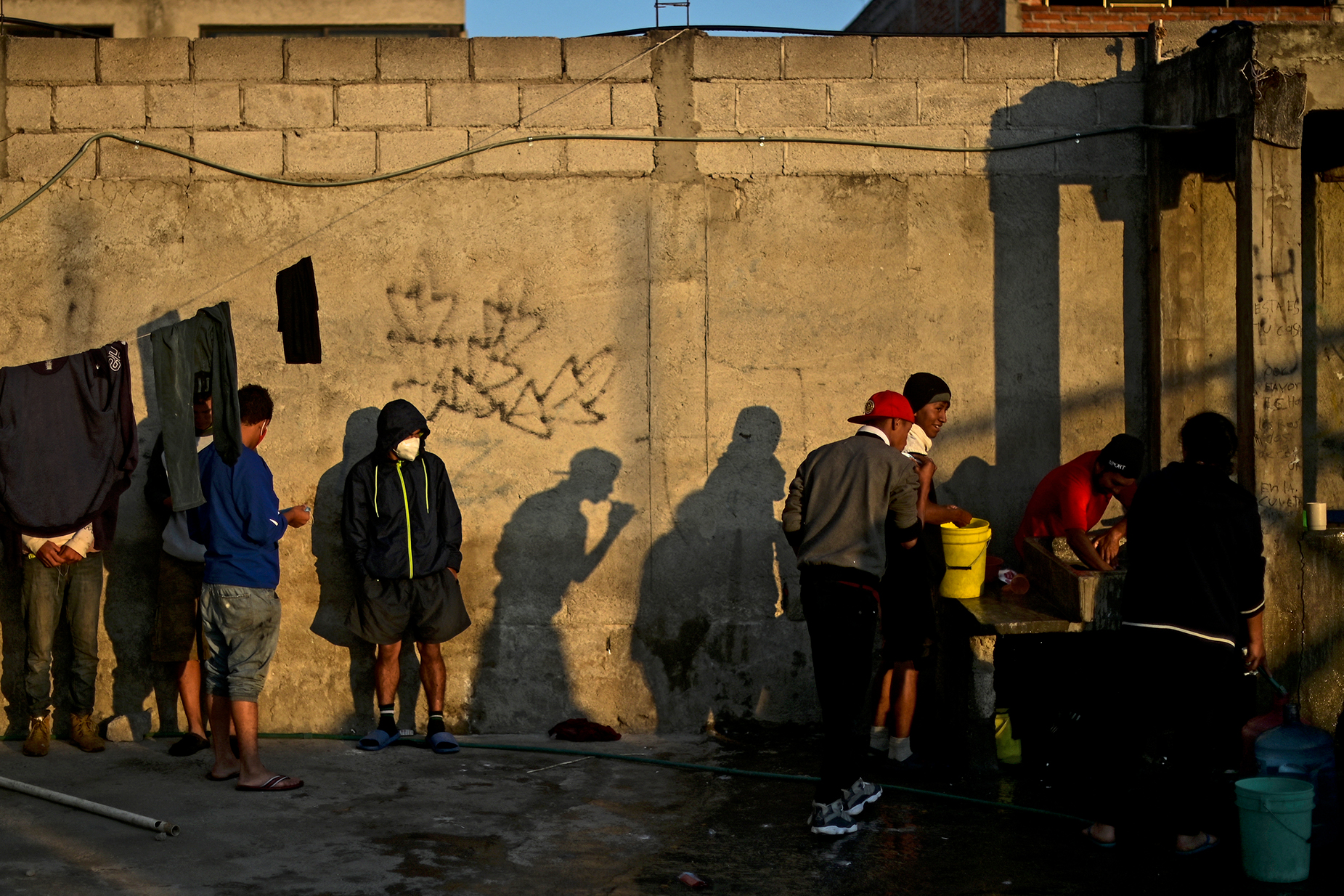
Then you found out the history of those people in the photo…
Yes. It was chaotic, there were hundreds or thousands of people running, trying to cross and we saw a lady falling from the wall. Let’s go with her, I turn to the right side of her and I see this scene. I took it but it was very fast and I kept seeing more people, more photographs and I didn’t know who they were. I considered that the image was that of a family crossing the wall and so we left it.
But, a few days later, in the shelter of the Tijuana sports center, I recognized the boy and I saw that he was going with another woman, she was not the one in the photo. And I say: “Hey, do you know the mother?” And she replies: “Yes, it’s me.”
And I said: “Yes, but you weren’t holding her” and I showed her the picture. And there she tells me that she was on the other side, that she crosses, that she walks a few meters, they shoot tear gas at them. The father takes off his shirt and covers the face of the boy, who rejects him. Then he takes it and passes it to someone who was at the top of the wall, the lady who appears in the photo. And she, in turn, returns it to the hands of someone who was passing by: they returned to Mexico repelled by the gas.
Later, in my photos, I find the parents and the child crossing the river: I have the child crossing both the southern border and the northern border. It is a face that I did not forget. I looked at my file, I compared them and it was him. His name is Kenat, he was 10 months old at the time, at the end of 2018.
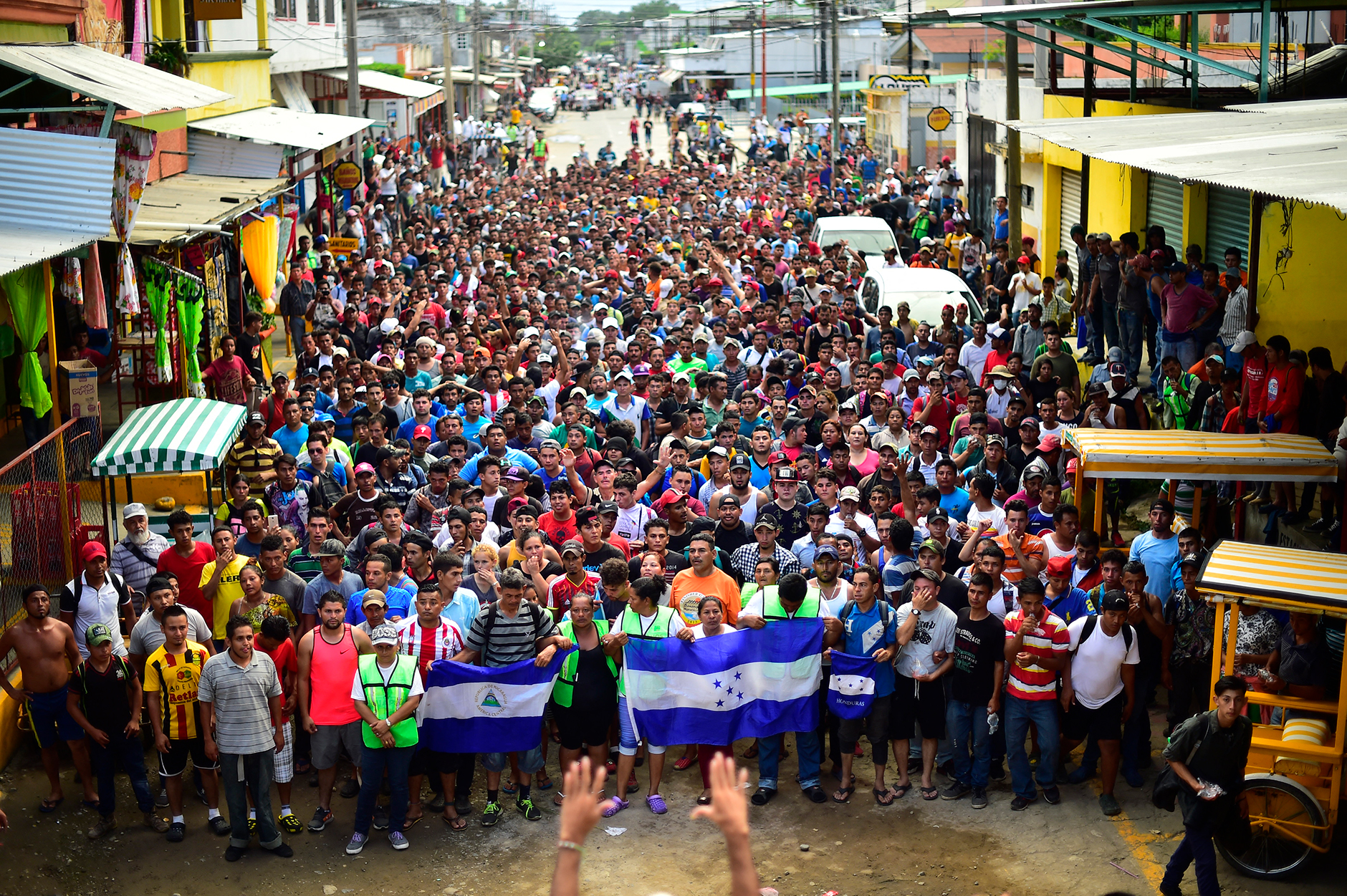
I have read a statement from you that says: “my photographs hurt me”. Is this still the case?
Seeing my photos is hard for me. I have a different scenario from Acapulco, now I live in Mexico City. I am no longer a freelancer and violence is not everyday. My coverages have moved away from this and I have the support of a neurologist. But still when I talk about it, then it is difficult for me to recover, my energy goes down. I feel depressed, hurt, hurt. Still, I believe that what we do has to be done. I still believe that photojournalism is useful to change societies, it provides images and information so as not to accept a world that we do not like, that we do not want.